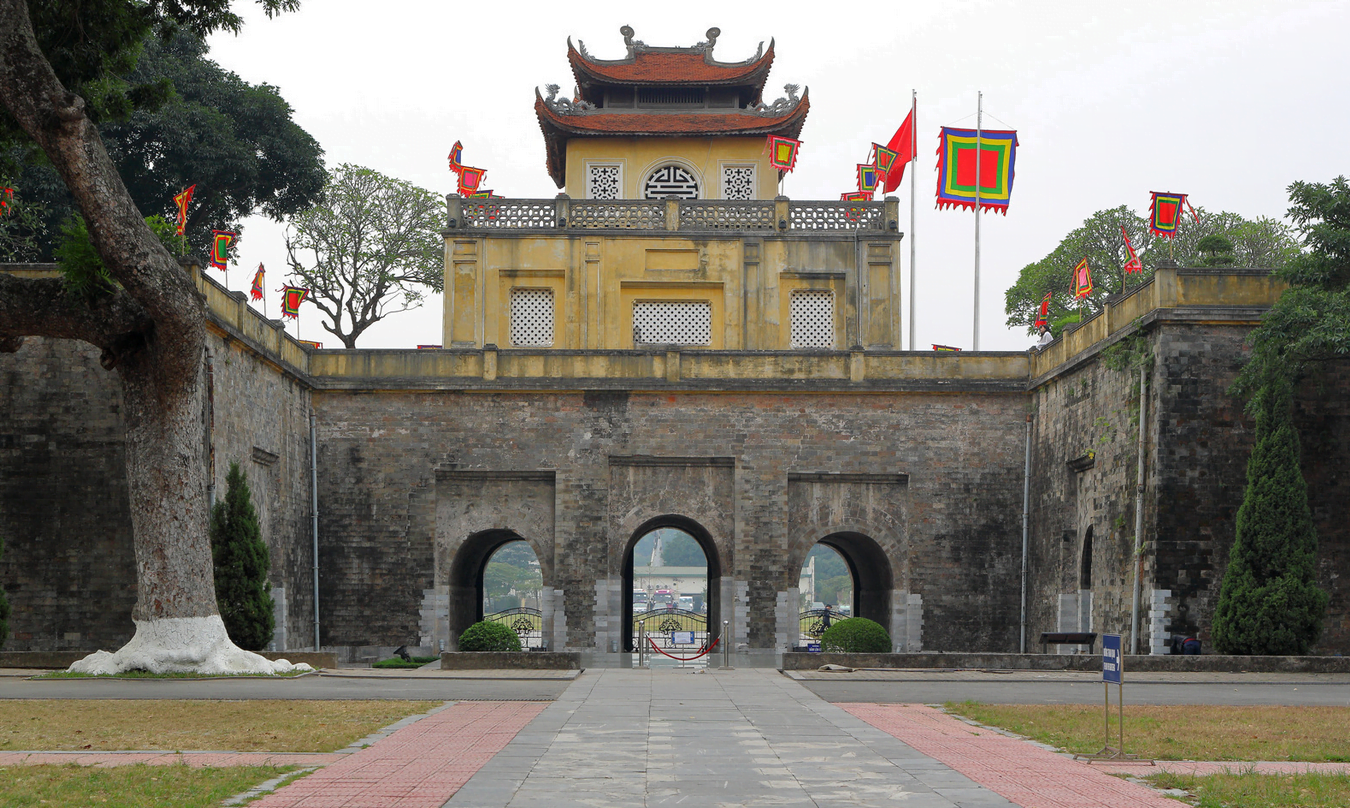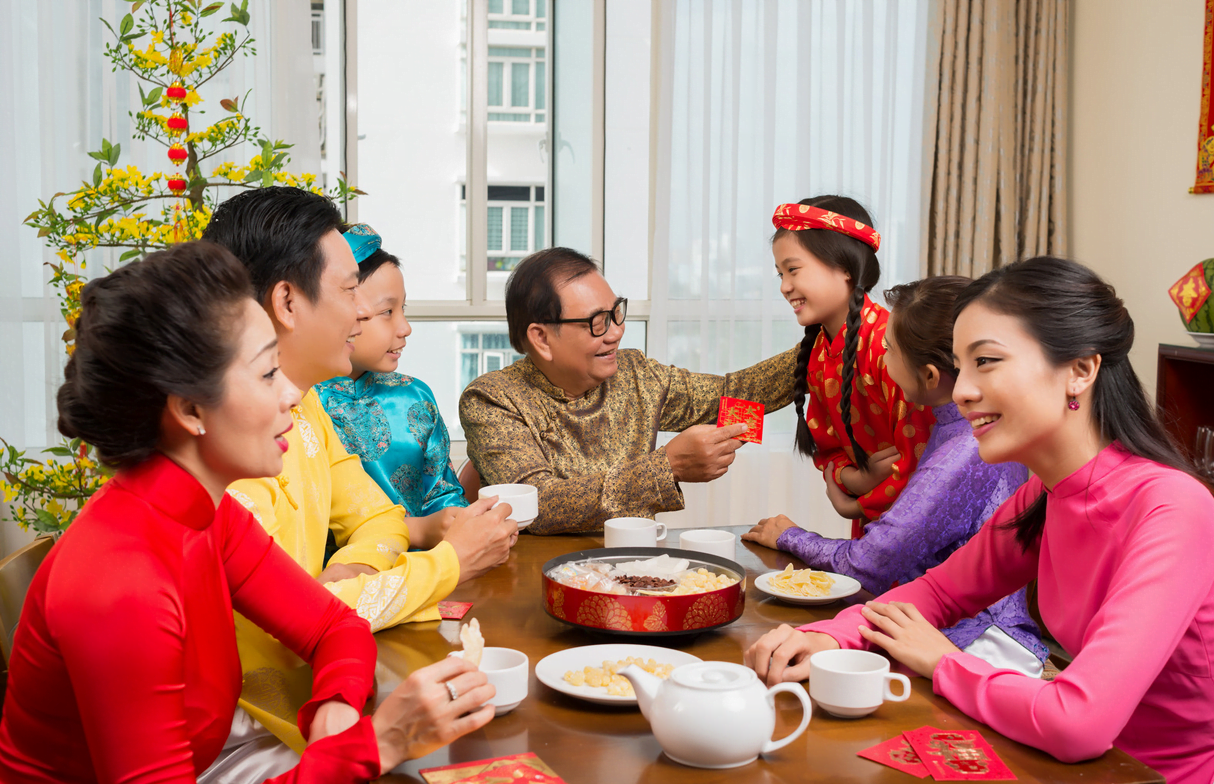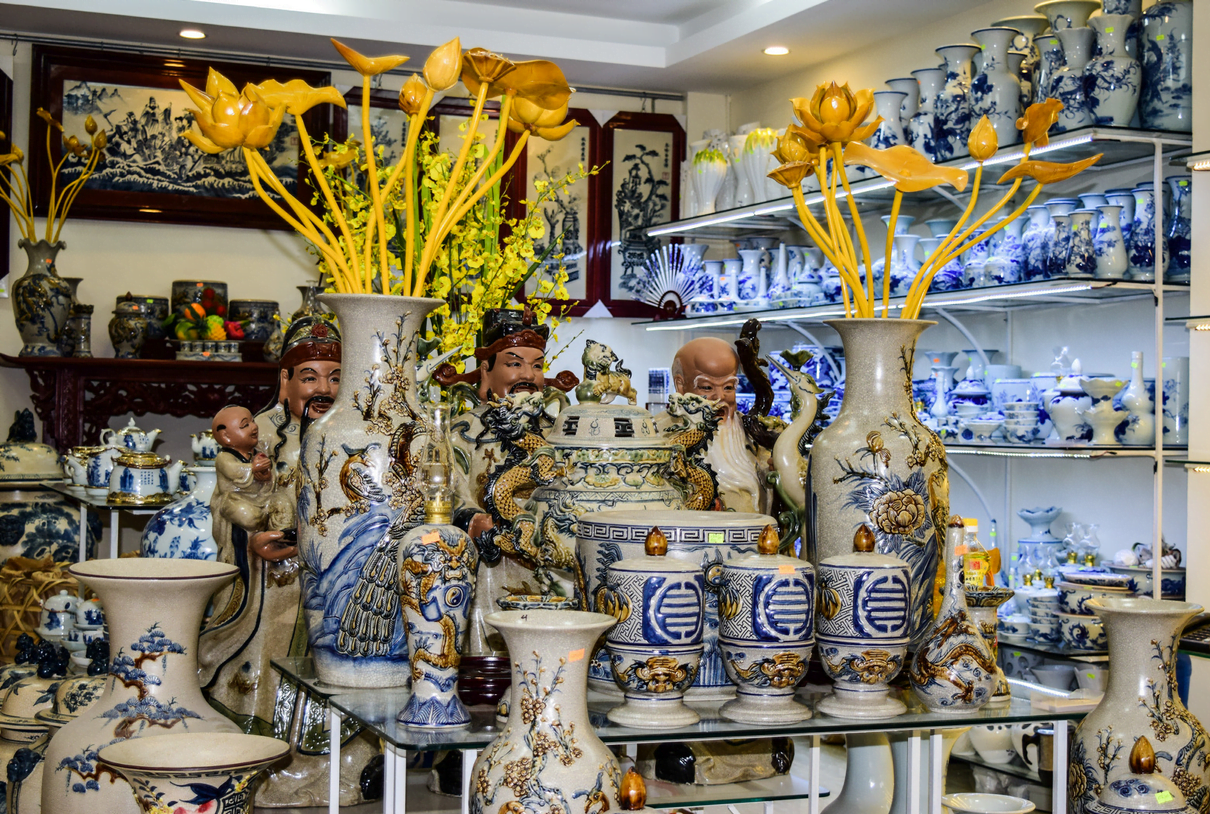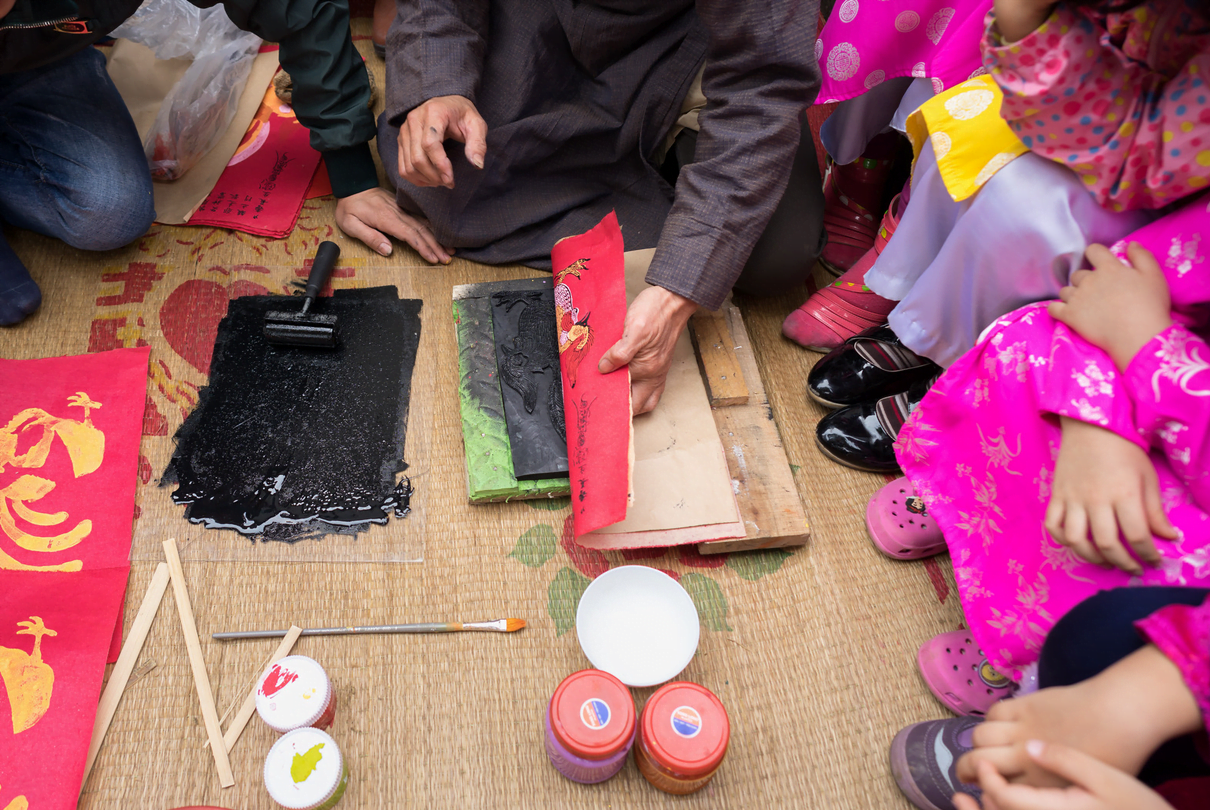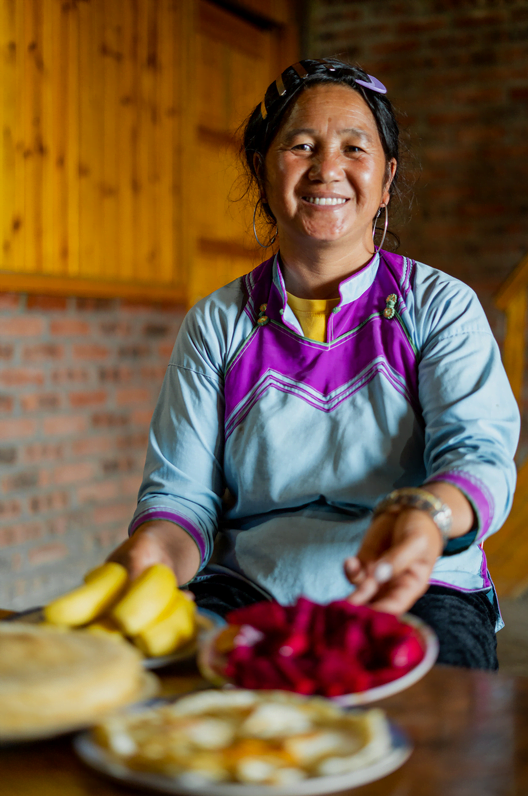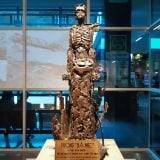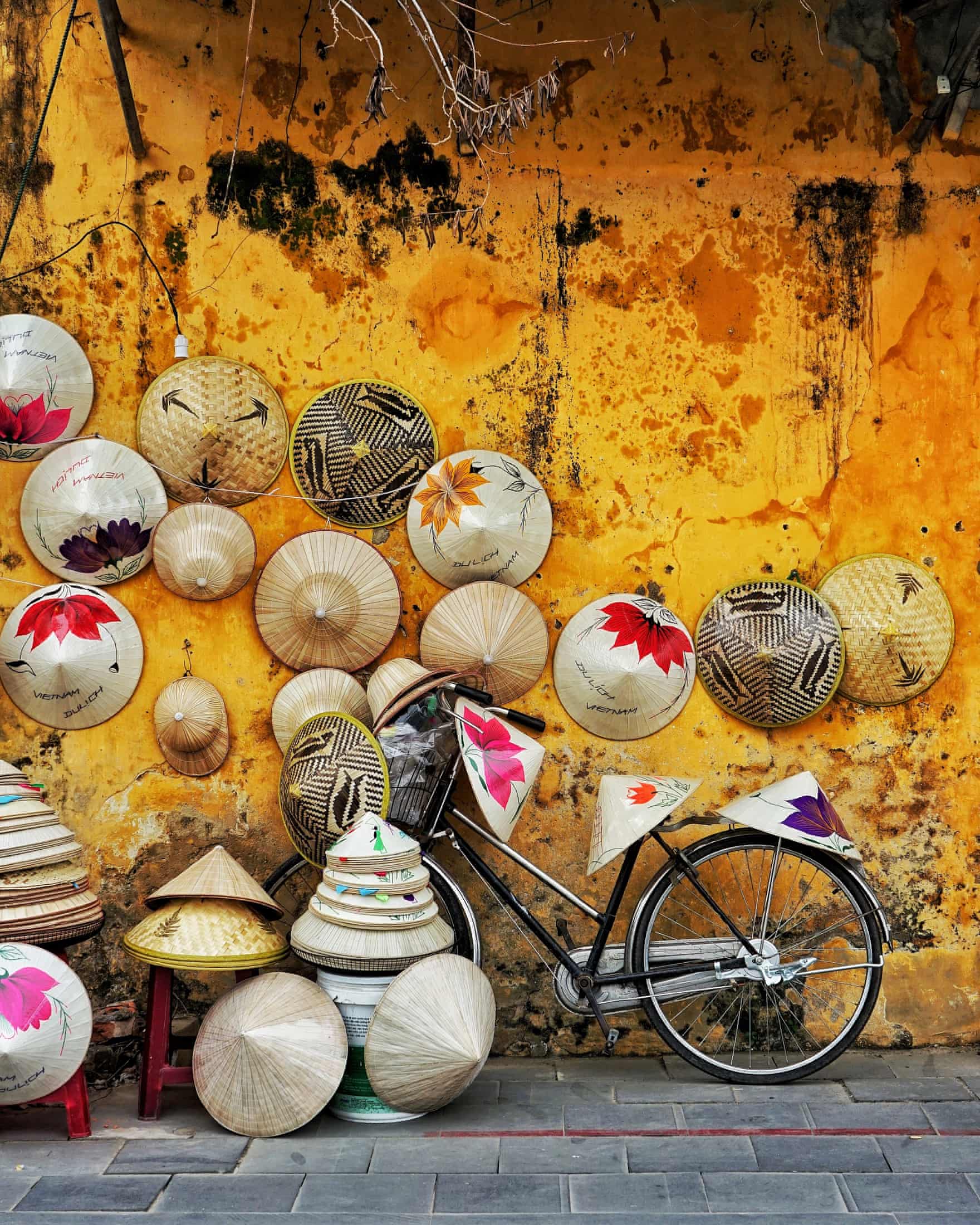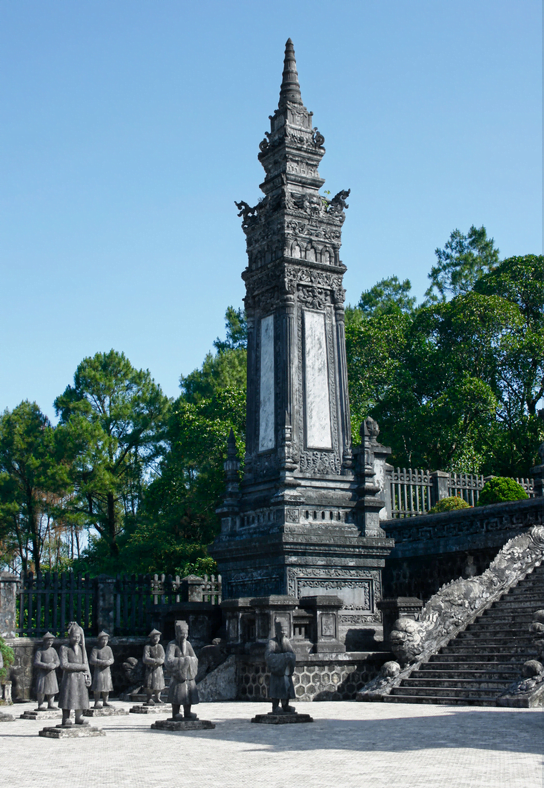
Vietnam’s Rich Culture: Immersing Yourself in History, Traditions, and Local Communities
Vietnam’s rich culture is a tapestry of fascinating history, vibrant traditions, and warm local communities. For travelers seeking a deeper connection with a destination, immersing themselves in Vietnam’s history, traditions, and local communities is an extraordinary experience.
Backpacking Vietnam to explore the diverse facets of Vietnam’s cultural heritage and highlights the rewarding journey of engaging with its history, traditions, and local communities.
I. Unveiling Vietnam’s Historical Treasures: Vietnam boasts a rich history that dates back thousands of years. Immersing oneself in this history involves exploring historical sites such as the ancient capital of Hue, the UNESCO World Heritage Site of Hoi An, or the Imperial Citadel of Thang Long in Hanoi. By walking in the footsteps of emperors, revolutionaries, and ancient civilizations, travelers gain a profound appreciation for Vietnam’s past and the enduring spirit of its people.
- Vietnam’s rich culture – Khai Dinh Tomb – Hue
Vietnam, a land steeped in history and ancient traditions, is a treasure trove of historical wonders waiting to be explored. From ancient citadels to imperial palaces and archaeological sites, the country offers a captivating journey through time. Unveiling Vietnam’s historical treasures not only allows travelers to delve into its past but also provides a deeper understanding of the country’s cultural heritage. Backpackersvietnam highlights some of Vietnam’s notable historical sites that offer a glimpse into its rich history.

- Vietnam’s rich culture : The imperial citadel of Thang Long – Ha Noi
1. The Imperial Citadel of Thang Long, Hanoi: Located in the heart of Vietnam’s capital, Hanoi, the Imperial Citadel of Thang Long stands as a testament to Vietnam’s enduring history. This UNESCO World Heritage Site served as the political center of the country for over a millennium. Exploring its ancient ruins and archaeological excavations unveils the layers of Vietnamese dynasties, from the Ly to the Nguyen dynasties. The site offers insights into the political, cultural, and architectural advancements that shaped Vietnam’s identity.
- The Ancient Town of Hoi An: Hoi An, a picturesque town in central Vietnam, was a bustling trading port during the 15th to 19th centuries. Its UNESCO World Heritage status reflects its historical significance and remarkably preserved architectural beauty.

- Vietnam’s rich culture – The vibrant ancient town of Hoi An
Walking through the streets of Hoi An is like stepping back in time, with its well-preserved Chinese temples, Japanese merchant houses, and French colonial buildings. The town’s unique blend of local, Chinese, Japanese, and European influences offers a captivating glimpse into its vibrant past.
- The Citadel of Hue: Situated along the Perfume River in central Vietnam, the Citadel of Hue stands as a majestic symbol of the Nguyen Dynasty’s imperial rule. This sprawling complex encompasses the Imperial City, with its grand palaces, temples, and royal tombs.

- Khai Dinh tomb – Hue
Exploring the Citadel of Hue allows visitors to immerse themselves in the opulence and grandeur of the former imperial capital. The intricate architecture, beautiful gardens, and royal relics transport travelers to a bygone era.
- My Son Sanctuary: Located in the Quang Nam Province, My Son Sanctuary is an archaeological site that showcases the remnants of the ancient Cham civilization. This UNESCO World Heritage Site is a cluster of Hindu temple ruins dating back to the 4th to 14th centuries. The intricate stone carvings and architectural marvels provide insights into the Cham people’s spiritual and cultural practices. Exploring My Son Sanctuary is like embarking on a historical pilgrimage through Vietnam’s ancient past.
- Hoa Lo Prison, Hanoi: Known as the “Hanoi Hilton” during the Vietnam War, Hoa Lo Prison offers a glimpse into the tumultuous modern history of Vietnam.

- Hoa Lo prison – Hanoi
Originally built by the French colonialists, it later housed American prisoners of war. The prison’s exhibits and displays provide a chilling reminder of the hardships endured by Vietnamese revolutionaries and captured soldiers. It offers a perspective on Vietnam’s struggle for independence and its resilience in the face of adversity.
II. Experiencing Traditional Festivals: Vietnam is known for its vibrant and colorful traditional festivals, each with its own unique customs and rituals.
For instance, Tet Lunar Year: Celebrating Vietnam’s Most Important Festival

- Vietnam’s rich culture: Tet celebration
Tet, also known as the Lunar New Year, is the most significant and widely celebrated festival in Vietnam. It marks the beginning of the lunar calendar and is a time of joy, reunion, and cultural traditions. Lasting for several days, Tet is a vibrant and festive occasion that showcases the essence of Vietnamese culture.
- Symbolism and Preparation: Tet holds great cultural and spiritual significance for the Vietnamese people. It represents a fresh start, the bidding farewell to the old year and welcoming the new one with hope and positivity. In the weeks leading up to Tet, homes are thoroughly cleaned, and families decorate their houses with colorful flowers such as peach blossoms, kumquat trees, and marigolds. These decorations symbolize luck, prosperity, and new beginnings.
- Family Reunion and Ancestral Worship: Tet is a time for family gatherings and reconnection. Vietnamese people travel from near and far to return to their ancestral homes and spend time with their loved ones. Family members come together to prepare a sumptuous feast and offer prayers and incense at the family altar to honor their ancestors. Ancestral worship is a significant part of Tet, as it reinforces the importance of familial ties and the continuity of generations.
- Tet Food and Traditional Dishes: Food plays a central role in Tet celebrations, and special dishes are prepared to mark the occasion.

- Child wear traditional Ao Dai learning to make ” Chung” cake
Traditional Tet food includes Banh Chung (sticky rice cake wrapped in banana leaves), Banh Tet (cylindrical glutinous rice cake), Mut (candied fruits), and various types of meat and seafood dishes. These delicacies are shared among family members and symbolize abundance, prosperity, and good luck for the coming year.
- Giving and Receiving Li Xi (Lucky Money): One of the most exciting aspects of Tet, especially for children, is receiving “li xi” or lucky money. Red envelopes containing money are given to younger family members and children as a symbol of good luck and blessings for the new year. This tradition represents the passing on of good wishes and prosperity from older generations to the younger ones.
- Fireworks and Festive Activities: During Tet, the streets come alive with colorful parades, vibrant dragon and lion dances, and captivating firework displays. Communities gather to enjoy cultural performances, traditional music, and lively folk games. Streets are adorned with lanterns and decorations, creating a festive atmosphere throughout the country. Tet fairs and markets offer a wide array of goods, including flowers, traditional crafts, and delicious street food.
- Visiting Temples and Pagodas: Another important aspect of Tet is the visit to temples and pagodas to seek blessings for the new year. Many Vietnamese people take this opportunity to pray for health, happiness, and prosperity. Temples and pagodas are beautifully decorated during Tet, and the air is filled with a sense of spirituality and devotion.
Conclusion: Tet Lunar Year is a time of immense joy, cultural pride, and deep-rooted traditions in Vietnam. It is a celebration that brings families together, fosters a sense of unity, and reaffirms the values of respect for ancestors and gratitude for blessings. Through its customs, food, rituals, and festive activities, Tet embodies the spirit of hope, renewal, and communal harmony. Experiencing Tet in Vietnam is an enchanting opportunity to witness the country at its most vibrant and to embrace the warmth and hospitality of its people.
Participating in festivals such as Tet (Lunar New Year), Mid-Autumn Festival, or the Hue Festival allows travelers to immerse themselves in the local culture.

- Vietnam’s rich culture: Colorful traditional paper star laterns for Mid-autumn festival
They can witness captivating parades, enjoy traditional performances, savor delicious festive foods, and partake in age-old customs alongside locals, fostering a deep sense of connection and understanding.
III. Engaging with Local Art and Handicrafts: Vietnam’s art and handicraft traditions are steeped in centuries-old techniques and cultural symbolism.

- Vietnam’s rich culture: Pottery products of Bat Trang ancient ceramic Village – Hanoi
1. Bat Trang ceramics village: By visiting local craft villages like Bat Trang ceramics village or Hoi An’s silk-making workshops, travelers can witness skilled artisans at work and even try their hand at traditional crafts. This hands-on experience not only preserves ancient traditions but also provides a unique opportunity to interact with local artisans and gain insights into their cultural significance.
2. Silk Weaving and Embroidery:
Vietnamese silk weaving and embroidery are renowned for their intricate designs and delicate craftsmanship. Villages such as Hoi An and Van Phuc are famous for their silk products.

- Vietnam’s rich culture: Van Phuc silk village
Engaging with local artisans enables visitors to witness the intricate process of silk weaving, learn about traditional patterns and techniques, and appreciate the time and skill required to create these exquisite textiles. Embroidery workshops offer hands-on experiences where participants can learn basic stitching techniques and create their own embroidered artwork.
Read more about Macadamias Daklak – gifts bring to home
3. Traditional Musical Instruments:
Vietnam boasts a rich musical heritage, and engaging with traditional musical instruments offers a glimpse into the country’s cultural identity. Instruments like the đàn bầu (monochord zither) and đàn tranh (16-string zither) are unique to Vietnam.

- Vietnam’s rich culture: traditional folk band
Visitors can attend traditional music performances, learn about the history and significance of these instruments, and even take part in music workshops to experience playing them firsthand. Engaging with traditional music deepens one’s understanding and appreciation of Vietnam’s artistic traditions.
4. Traditional Vietnamese Painting:
Vietnamese painting has a long history that dates back centuries. One of the most prominent forms is Dong Ho painting, known for its distinctively bright colors and folk themes.

- Vietnam’s rich culture: Artist making Dong Ho folk woodcut painting
Engaging with traditional painting involves visiting art galleries and workshops to witness artists at work, learning about the techniques and materials used, and even trying one’s hand at creating a piece of art. This immersive experience allows travelers to appreciate the intricate details and storytelling elements of Vietnamese painting.
IV. Homestays and Community-Based Tourism: To truly immerse oneself in local communities, staying in homestays or engaging in community-based tourism is invaluable. These experiences allow travelers to live with local families, participate in daily activities, and learn about their way of life.

- Vietnamese minority woman making food at Sapa’s homestay
Whether it’s helping with farm work, joining a cooking class, or sharing stories over a cup of traditional tea, these interactions foster cultural exchange, break down barriers, and create lifelong memories.
V. Sampling Traditional Cuisine: Vietnamese cuisine is renowned worldwide for its flavors, freshness, and diversity. Exploring the local culinary scene provides a deeper understanding of Vietnam’s cultural heritage. Travelers can embark on street food tours, visit bustling local markets, and even take cooking classes to learn the art of creating traditional dishes. Sharing meals with locals not only satisfies the taste buds but also serves as a platform for cultural exchange and bonding.
Immersing oneself in Vietnam’s history, traditions, and local communities is a transformative journey that brings travelers closer to the heart and soul of the country. By exploring historical sites, participating in cultural festivals, engaging with local artisans, staying in homestays, and savoring traditional cuisine, travelers gain a profound appreciation for Vietnam’s rich cultural heritage. This immersive experience fosters connections, broadens perspectives, and leaves lasting memories of a vibrant and captivating country.



